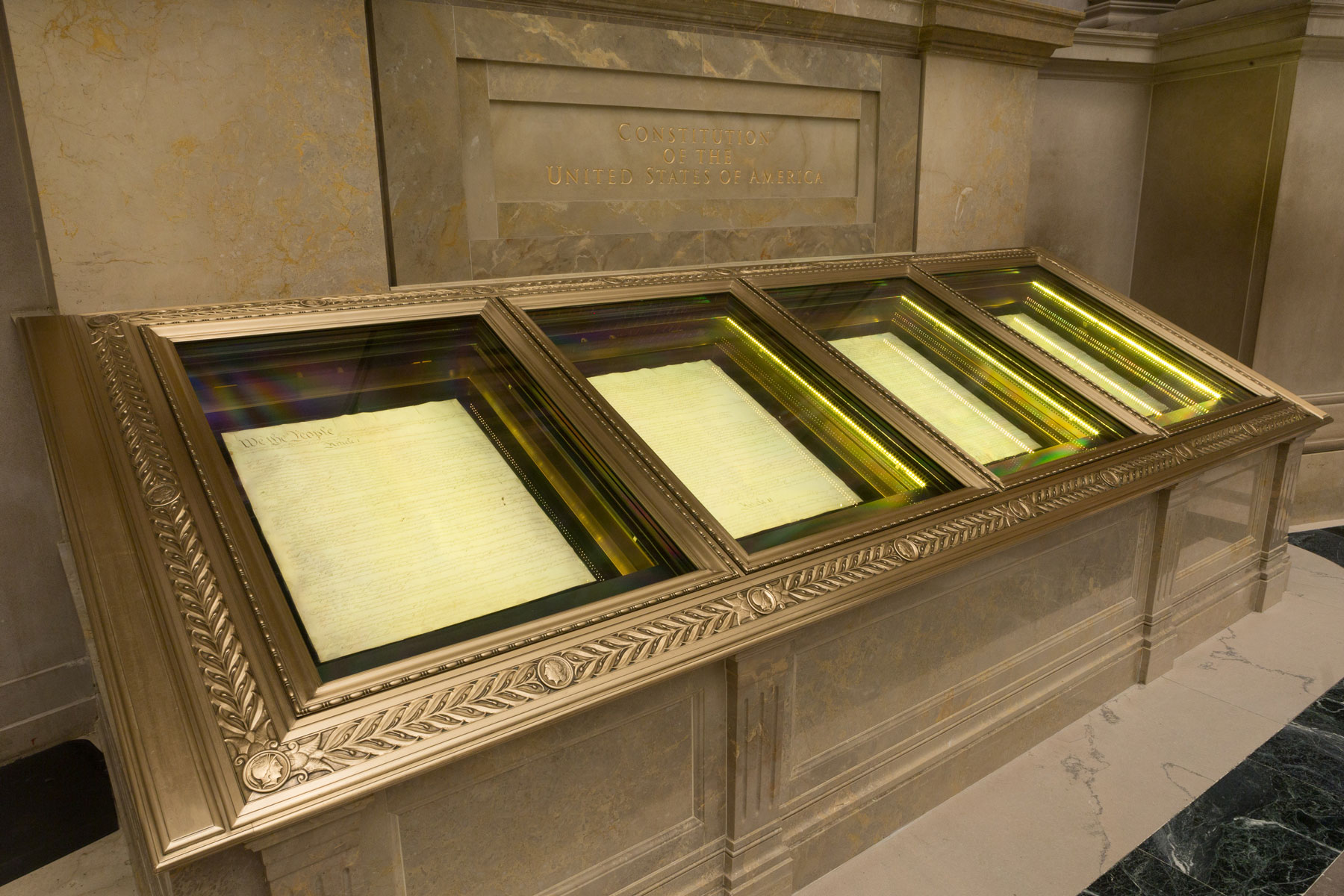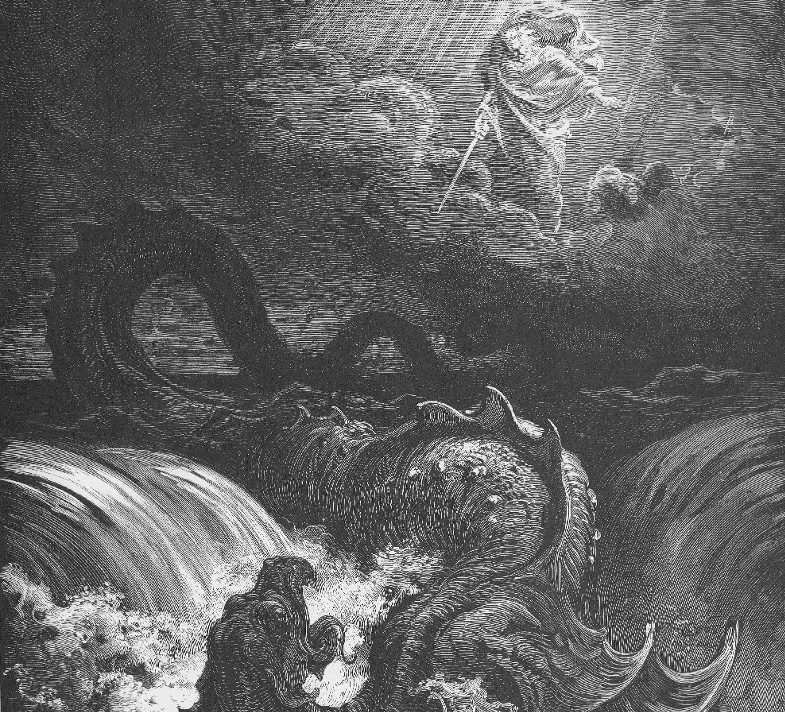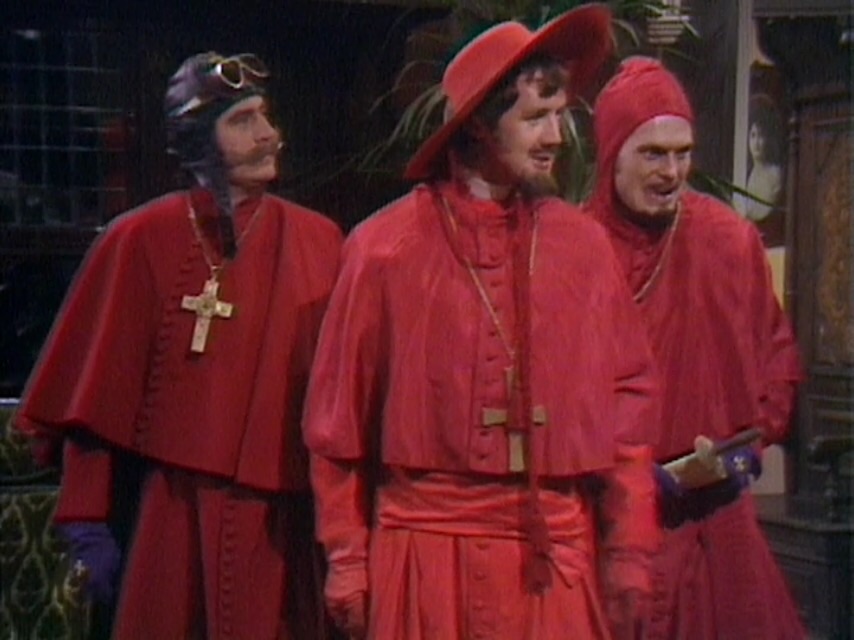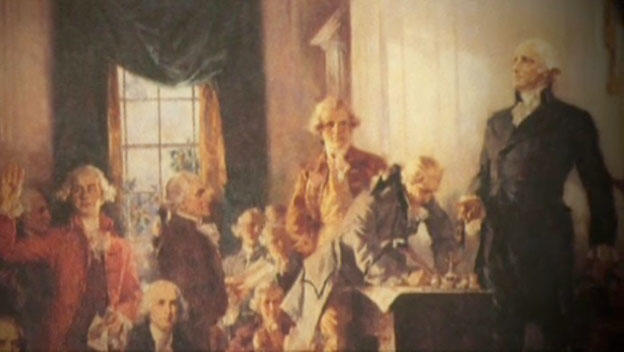Digital conditions, not competing intellectuals, will make it so.
The Oath-Breaking Dilemma

What happens when judges pledge to uphold the Constitution?
In recent weeks, there has been extensive debate over the “oath-breaking” objection to Adrian Vermeule’s common-good constitutionalism—an objection that I and others raised shortly after Vermeule’s initial article was published. In brief, the argument turns on whether Article VI of the Constitution—which requires American leaders to “be bound by Oath or Affirmation, to support this Constitution”—is necessarily bound up with an originalist approach to constitutional interpretation.
Vermeule and some of his supporters have claimed that this claim is circular, and that it requires an additional supporting argument: that is, “some independent account of constitutional interpretation, an account whose validity is itself the contested issue.” As Chris Green has ably explained, however, the original objection is not circular: the salient question is what is the Constitution in the first place, and this question remains largely unanswered by those in Vermeule’s camp.
As fascinating as this discussion is, I find it difficult to imagine that the conversation can progress much further. Both sides are, at bottom, committed to incommensurable hermeneutical positions. Originalists are committed to the proposition that, at bottom, texts—legal or otherwise—do indeed have fixed meanings that can be discovered through careful study and reflection. Non-originalists do not seem to be so committed.
Notably, Vermeule describes the “oath-breaking” debate as centered on “rival conceptions of what counts as fidelity, rival interpretive approaches that all claim to embody fidelity.” But this characterization is itself question-begging, because it assumes without argument that all proposed textual interpretations stand on an equally indeterminate playing field.
Indeed, Vermeule claims that “the level of generality at which to interpret ‘the meaning of the words’ is the main problem in and for originalist interpretation”—but, of course, this is a challenge built into the nature of interpretation as such, and it certainly does not demonstrate that all interpretations are equal.
To be sure, a thoroughgoing interpretive skepticism was embraced by Ronald Dworkin, upon whom Vermeule repeatedly relies. In a 2009 lecture at the Library of Congress, Dworkin unashamedly affirmed that “interpretation is multiply interpretive. It’s interpretive all the way down.” The interpreter imposes, but does not discover, textual meaning.
But common sense immediately reminds us that all textual interpretations aren’t equally valid. Almost no one seriously asserts that the Constitution’s meaning is infinitely malleable—that, say, the requirement that the president be 35 years old is simply a “maturity test” that might theoretically permit a precocious twentysomething to hold the office.
Vermeule’s own published work engages with the Constitution as if it actually means something. To the extent that textual meaning is formally denied while tacitly assumed, a speaker exemplifies what Michael Polanyi called “pseudosubstitution”—performative self-contradiction.
What’s more, it’s worth observing that commitment to the principle of discernible textual meaning is a profoundly Catholic notion. In the 1943 encyclical Divino Afflante Spiritu, Pope Pius XII called interpreters of the Holy Scriptures to “search out and expound the literal meaning of the words, intended and expressed by the sacred writer.” Interpreters were to be “aided by the context and by comparison with similar passages, by means of their knowledge of languages search out with all diligence the literal meaning of the words.”
All purported meanings, in short, are not valid; the interpreter seeks not to construct a meaning, but to discover an existing one. That is the task of biblical criticism within the community of the Church—and it is also the task of originalism in the judiciary.
Still more can be said about the problem posed by “oath-breaking,” though—particularly in view of a different constitutional clause.
Lurking in the background of Vermeule’s arguments is a broader claim rooted in Dworkin’s theory of law more generally, though it hasn’t been explored in depth by most of Vermeule’s critics. Centrally, Dworkin argued that “propositions of law are true if they figure in or follow from the principles of justice, fairness, and procedural due process that provide the best constructive interpretation of the community’s legal practice”—a version of this position, though one of course linked to a classical understanding of the common good, is at work in Vermeule’s project.
But all appeals to an extrinsic criterion of legal legitimacy must be held in tension with the fact that the United States Constitution, in all its imperfect grandeur, announces itself to be the “supreme Law of the Land.” For the originalist, historical understandings of “justice, fairness, and procedural due process”—or, better, of “the Laws of Nature and of Nature’s God”—surely shed light on how the Constitution is properly read.
But the range of permissible constitutional meanings is not infinitely broad: the scope of meaning is restricted by the fact that the Constitution is grounded in a particular culture and a particular historical moment, both of which may be investigated for insights into the document’s meaning. No doubt the Constitution and its background assumptions together constitute a far “thicker” vision of the common good than many legal theorists would be comfortable affirming, but that vision still does have a historical referent and historical boundaries.
Following Dworkin Vermeule implicitly argues that a regime which 1) holds the Constitution as itself the supreme law of the land and 2) binds its judges to uphold it would violate a proper understanding of “law” in the full sense required by the common good. Or, put slightly differently, to the extent the “large-C” Constitution displaces the “small-c” constitution of the common law, the interpretation resulting in such displacement is inherently illegitimate.
That is an interesting position, but it is necessarily problematic for his proposal of “common-good constitutionalism.” If judges pledge to uphold the large-C Constitution, which the Supremacy Clause places at the apex of American law, but doing so would contravene the principles of legal morality, would not that oath be immoral in itself? Surely so—unless the Constitution’s text is substantively defined down into near-meaninglessness.
In short, Vermeule’s response to the “oath-breaking objection” finds itself caught on the horns of a dilemma. Either 1) constitutional texts have no real meaning and judges can impose whatever meanings they choose—a prima facie implausible position, and one in tension with broader principles of Catholic hermeneutics—or 2) constitutional texts do have a discernible meaning, but adhering to them would contravene the demands of legal morality, in which case a judge surely ought not bind herself before God to enforce a regime she cannot support. That is an unsatisfying choice indeed, but it is the logical destination of Vermeule’s post-textual constitutionalism.
The American Mind presents a range of perspectives. Views are writers’ own and do not necessarily represent those of The Claremont Institute.
The American Mind is a publication of the Claremont Institute, a non-profit 501(c)(3) organization, dedicated to restoring the principles of the American Founding to their rightful, preeminent authority in our national life. Interested in supporting our work? Gifts to the Claremont Institute are tax-deductible.
Liberalism Is the Politics of Fear.
More than abstraction is at stake.
"Real Originalism has never been tried..."
In its effects, it is synonymous with liberalism.
A jurisprudence for all seasons—especially ours.






